The Man Who Exposed The Mob: "The Valachi Papers"
The 1972 film The Valachi Papers starring Charles Bronson depicts the life and times of mafia turncoat Joe Valachi
Background
In 1963, a member of New York’s Genovese crime family named Joseph Valachi made a stunning decision. Valachi testified before a Senate hearing on organized crime headed by Arkansas Senator John McClellan.
It was the first time that a member of the American mafia had openly discussed or acknowledged the existence of the organization. Valachi proved to be a wealth of information. He named names and provided a detailed description of the organization's structure, members, and inner workings.
Having become a made man in 1930, Valachi possessed decades of knowledge and information that had previously been unknown to the authorities. Portions of the hearings were televised, giving the American public a glimpse into a shadowy and secretive world.
Source Material
The following year, in 1964, the Justice Department encouraged Valachi to put his story in writing, believing that some of the information could be useful to law enforcement.
After the manuscript was finished, author Peter Maas was tasked with editing it. Maas was granted exclusive access to Valachi in order to interview him.
The finished product, which was titled The Real Thing, was authorized for public release by U.S. Attorney General Nicholas Katzenbach; however, after a meeting with President Johnson, Katzenbach reversed course and attempted to halt the publication of Valachi’s memoirs.
Maas was stopped from publishing the book. However, he was able to publish a third-person account based on his interviews with Valachi. His book, titled The Valachi Papers, was published in 1968.
Film Overview
The Valachi Papers, directed by Terence Young and based on Peter Maas’s 1968 book of the same name, was released in December 1972.
The film had originally been scheduled for release in 1973; however, the studio moved its release date up, hoping to capitalize on the recent success of The Godfather, which had been released earlier that year and had been a major hit.
In hindsight, this was probably not a good move, as the film was overshadowed by Coppola’s iconic film. Fair or not, because both films were released so close to one another, and dealt with a similar subject, The Valachi Papers was often measured against The Godfather, and inevitably fell short.
The film stars legendary movie tough guy Charles Bronson in the role of Joe Valachi. At the beginning of the film, Valachi, who is serving a sentence on a narcotics conviction, learns that his boss, Vito Genovese, who is locked up in the same prison, believes Valachi is an informant and marks him for death.
In the prison yard, Valachi beats a man to death with a pipe, mistakenly believing that the man was a Genovese hitman. However, it is a case of mistaken identity. When he learns of his mistake, Valachi reluctantly agrees to cooperate with the government in order to be placed in protective custody and avoid a death sentence.
From there, the story is told in a series of flashbacks, starting from Valachi’s days as a young hoodlum who meets several mobsters, including Anthony “Tony Bender” Strollo, who introduces Valachi to their boss, Salvatore Maranzano.
The film depicts many of the events of the “Castellammare War” in the early 1930s and Valachi’s initiation into the mafia. The film alternates between the present, where Valachi is being interviewed by a federal agent, and the events he describes, which are presented in flashbacks.
Overall, the film is very ambitious and attempts to cover more than 30 years’ worth of events in two hours, and the result often comes across as clumsy and rushed. A lot of the acting and dialogue is superficial and one-dimensional.
There are also several notable mistakes, such as a scene that is set in the late 1920s, where the World Trade Center can be seen in the background. Another scene set in the early 1930s shows contemporary cars from the 1960s and 70s driving alongside the character’s 1930s Packard.
In the end, both Valachi and Genovese died in prison.
Closing Thoughts
Joe Valachi would likely have lived and died in obscurity, as many mobsters before and after him had, were it not for his decision to expose the mafia after his boss, Vito Genovese, left him with little choice.
During his Senate testimony, Valachi lamented the circumstances in his life that brought him into the mafia, stating that his reason for testifying was revenge against an organization he had given his life to and killed for, which had marked him for death without cause.
Valachi remarked that his life in Cosa Nostra had brought him nothing but misery.
Sources:
The Valachi Papers (1972), IMDb, https://www.imdb.com/title/tt0068341/
“The Congress & Cosa Nostra - Joe Valachi Hearings (1963).” MOBFAX, Uploaded 22 October 2022, https://www.youtube.com/watch?v=ldQQfPowgjY
Henry, Larry. “Joseph Valachi’s autobiography reveals Mafia’s inner workings.” The Mob Museum, 8 August 2023, https://themobmuseum.org/blog/joseph-valachis-autobiography-reveals-mafias-inner-workings/



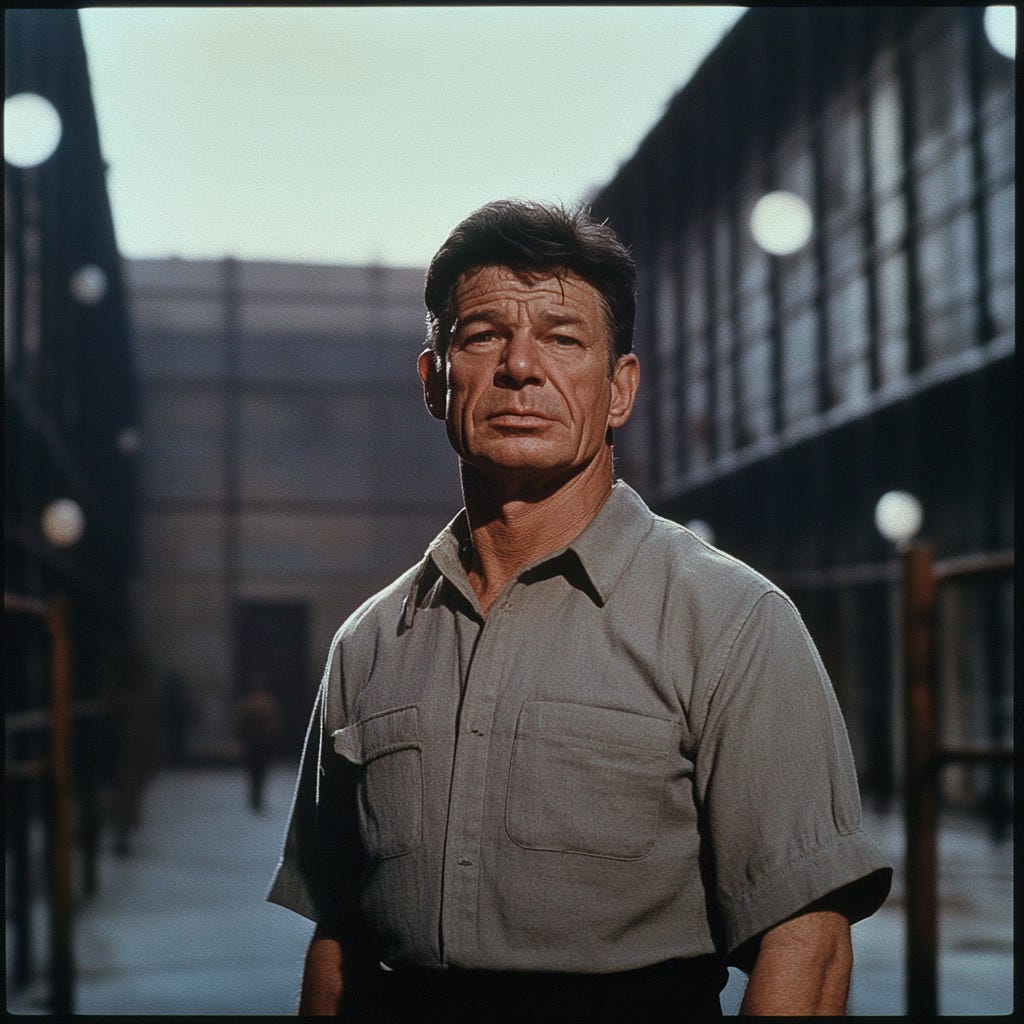
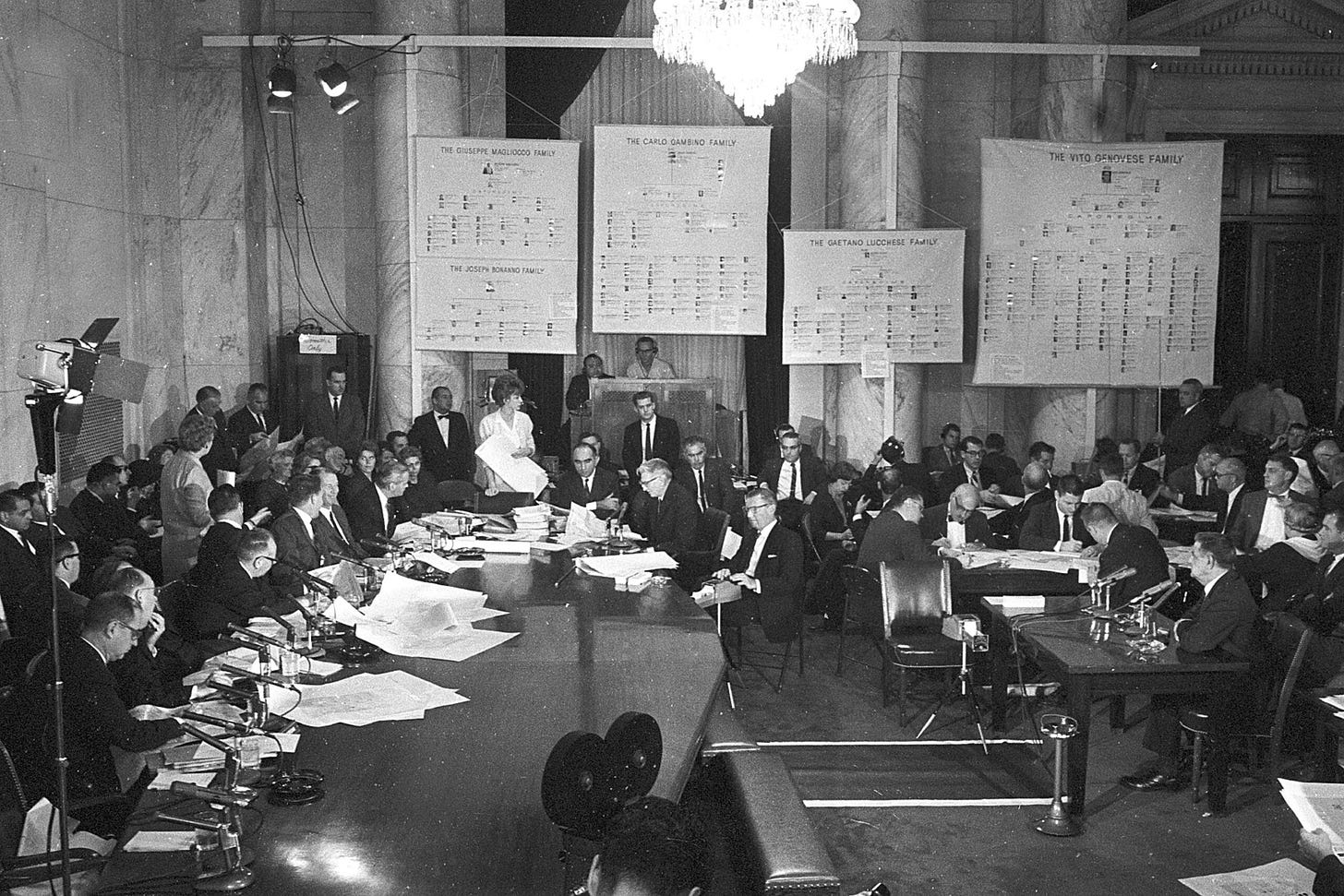
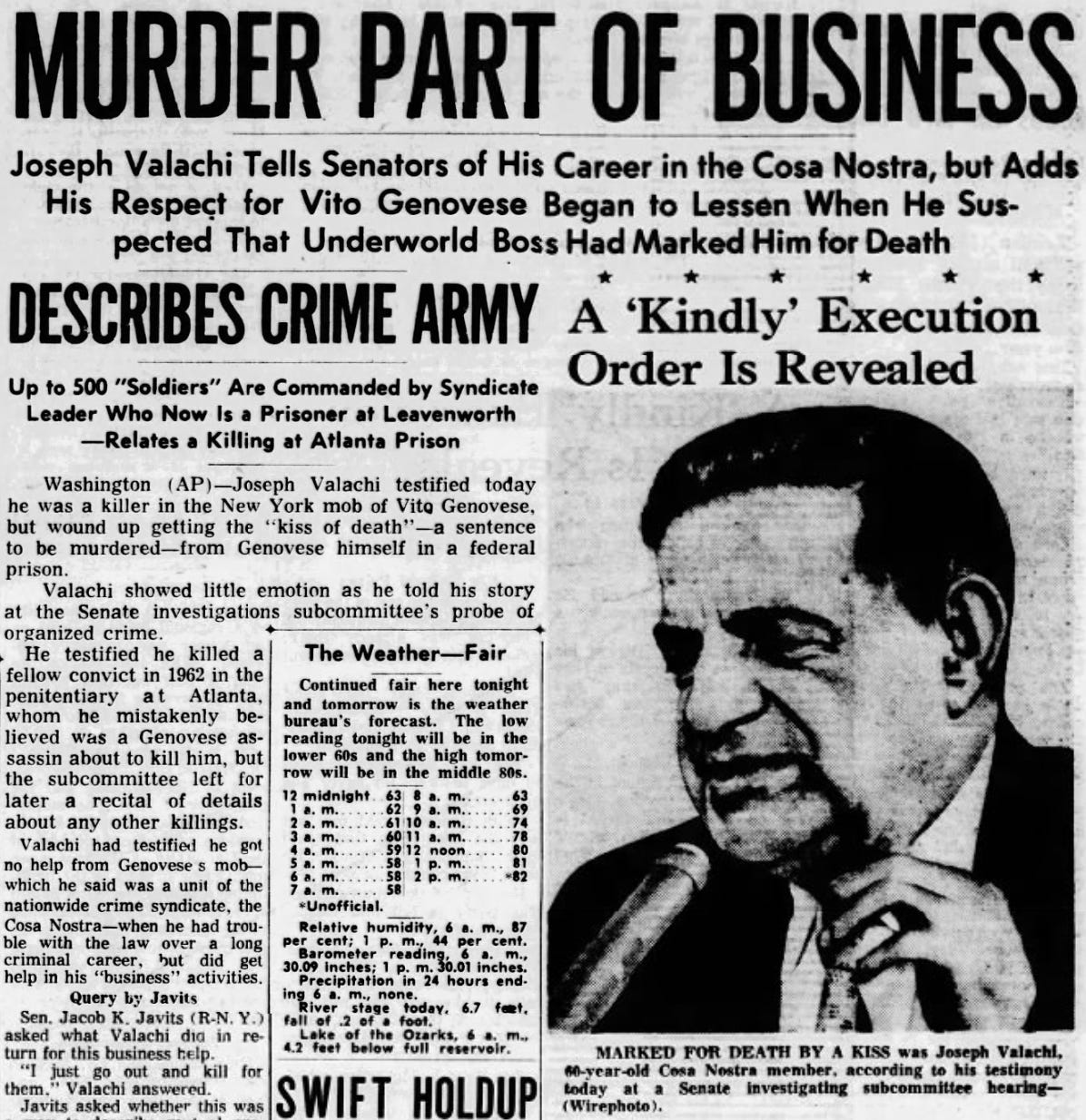
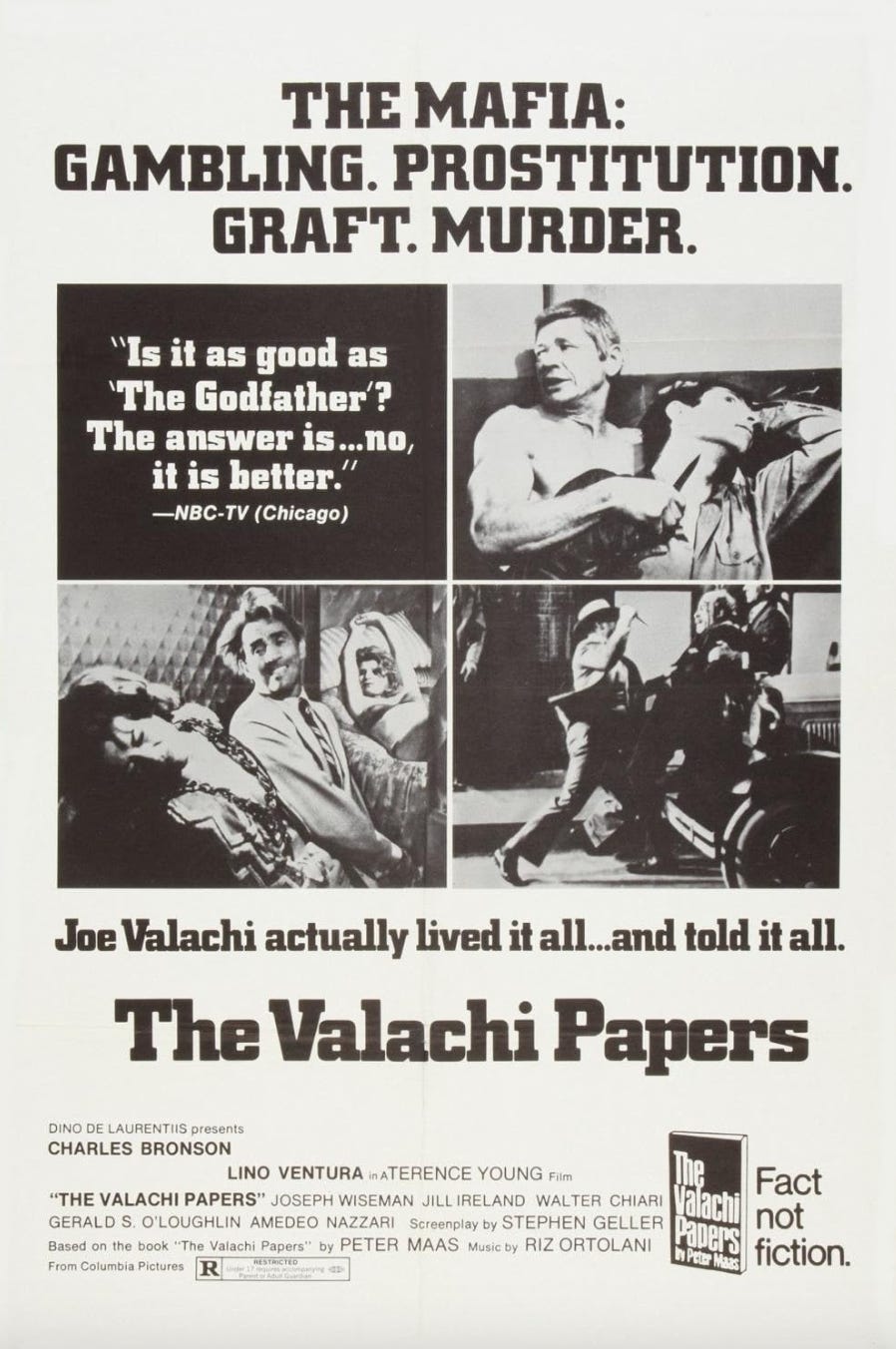
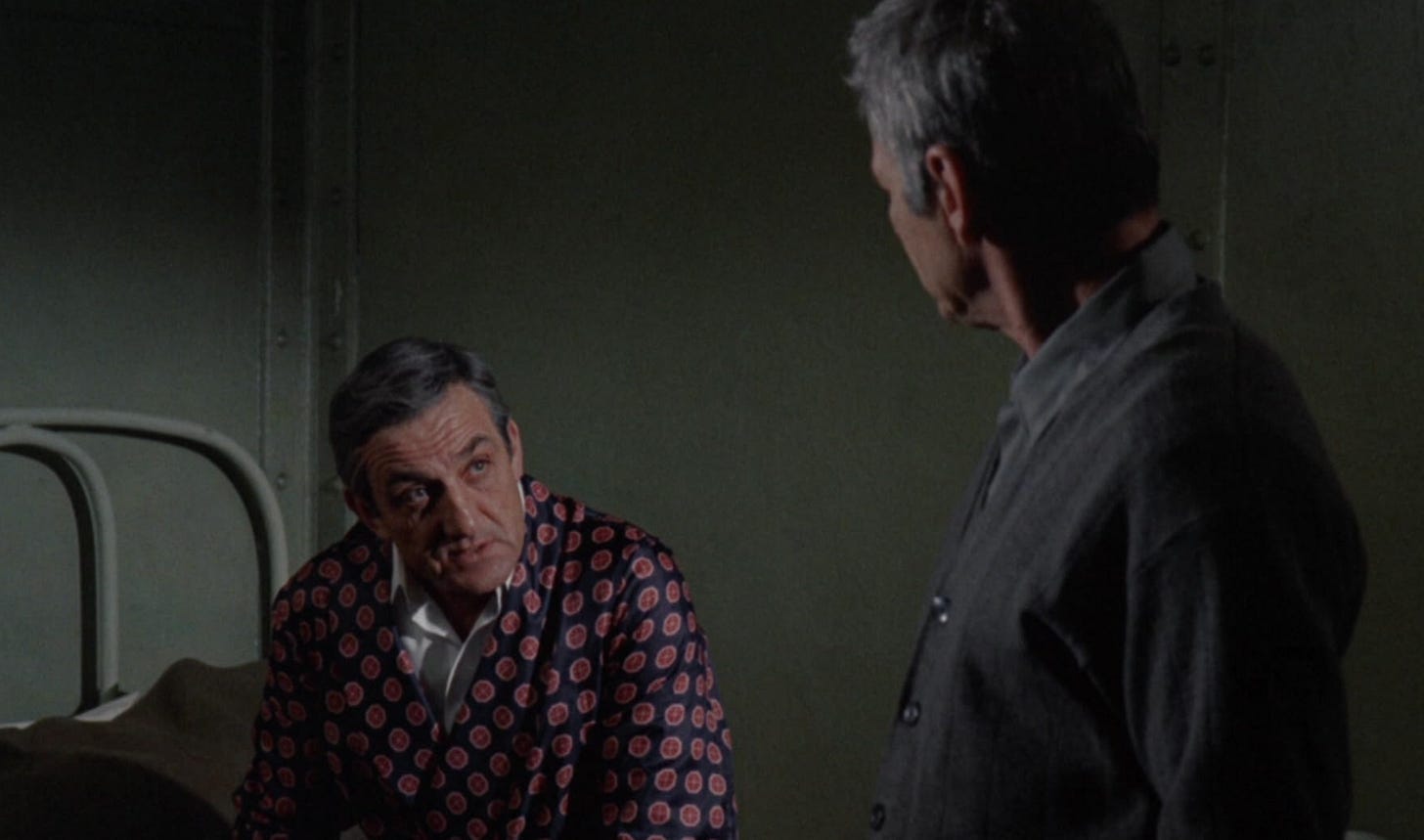
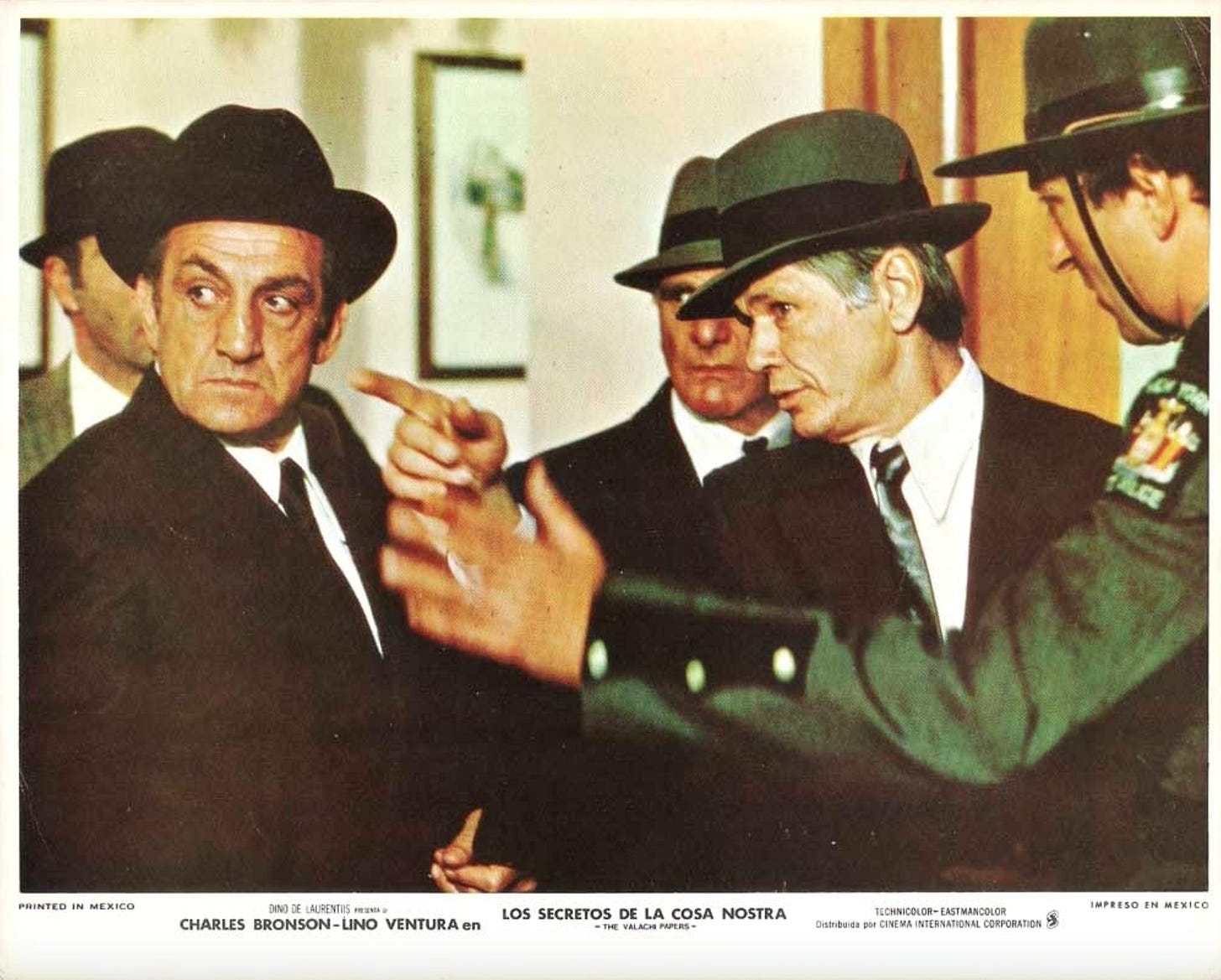
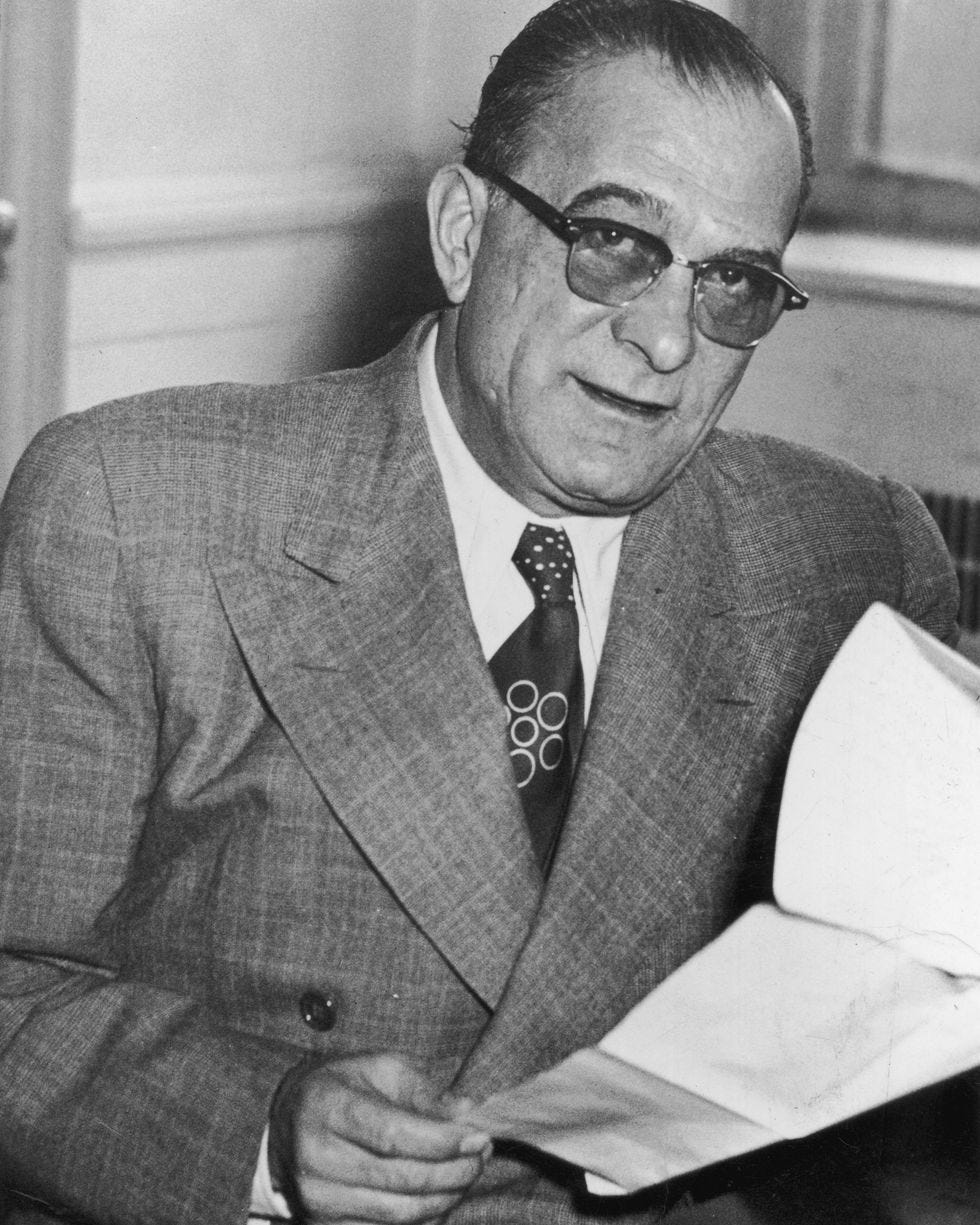
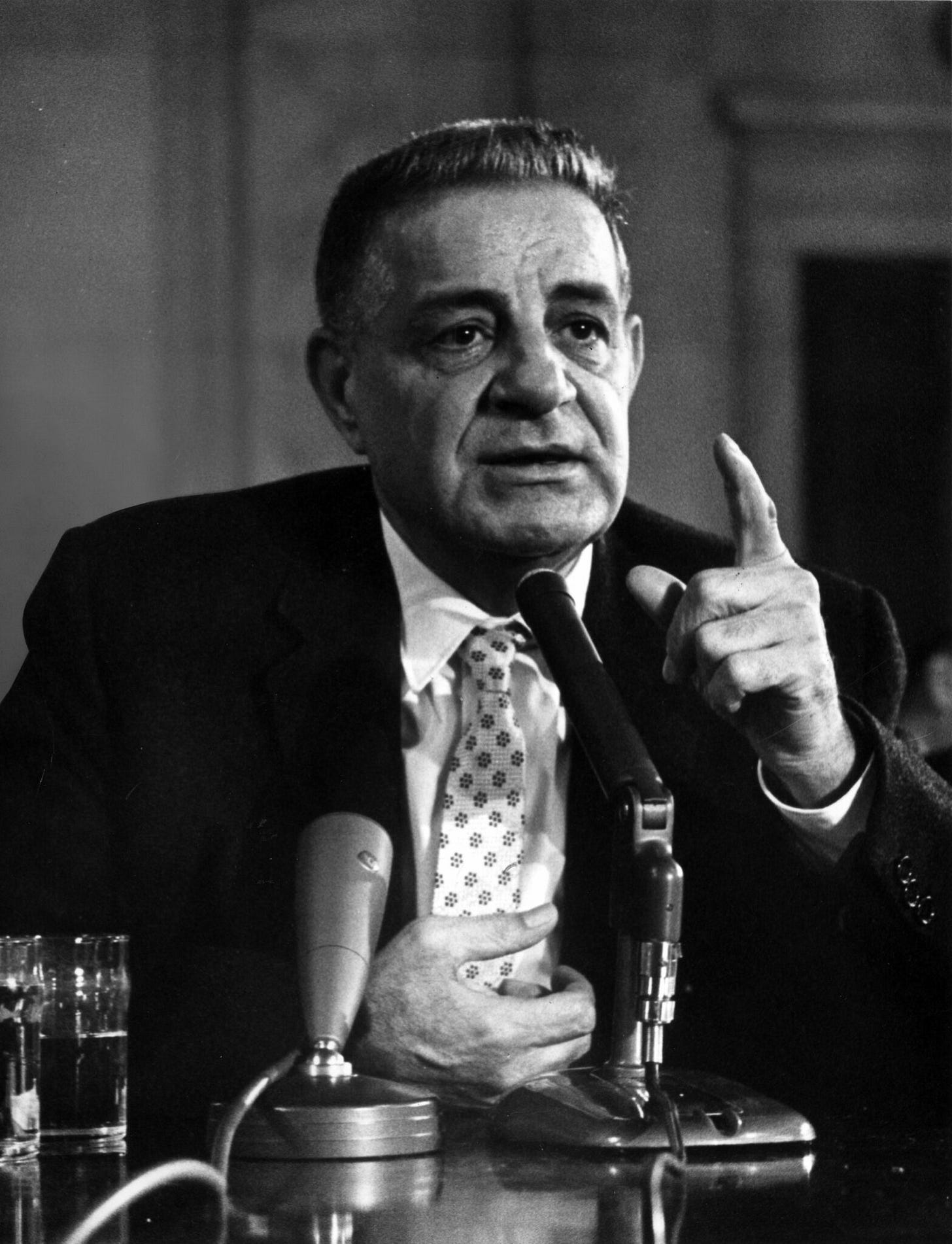
It was "The Simpsons" that made me aware of who Valachi was, due to a side-bar reference to his Senate testimony.